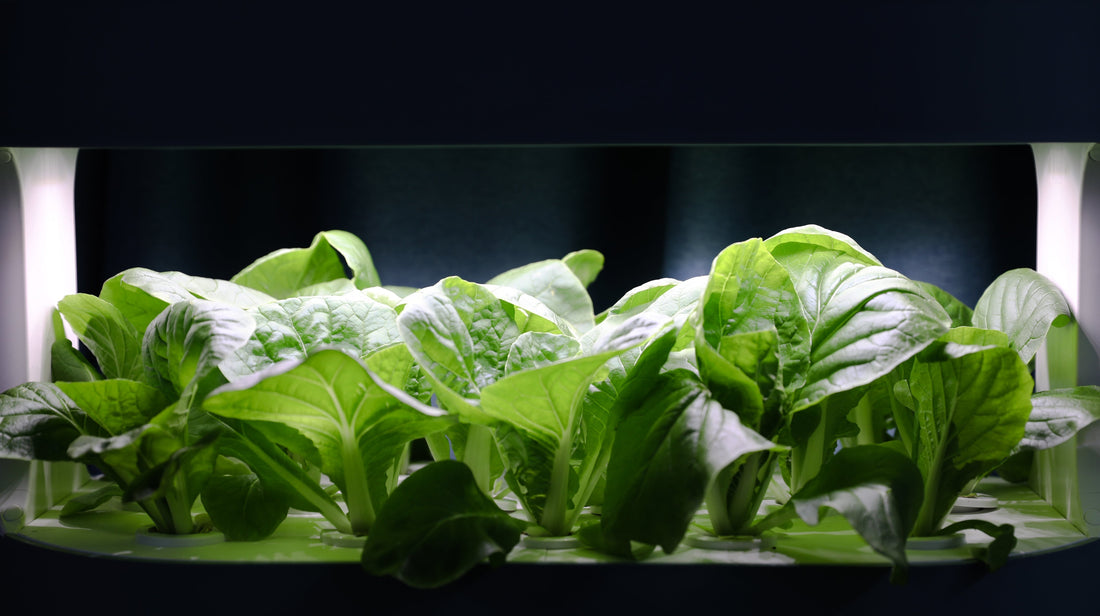
Hydroponic Vegetables: From Scientific Discovery to Popularization in Daily Life
The story of hydroponic vegetables dates back to the 19th century. Back then, scientists discovered that what plants truly need for growth are water and minerals from the soil, with the soil itself serving merely as a support. This finding acted like a key, unlocking the door to soilless cultivation.

In the mid-20th century, to address food supply issues in space capsules, NASA conducted in-depth research on hydroponic technology, enabling vegetables to grow in enclosed environments. By the 21st century, as population grew and arable land shrank, this technology moved from laboratories to farmlands. Greenhouses in China also began mass-producing hydroponic vegetables.
Why are hydroponic vegetables gaining increasing attention? Firstly, they break free from land constraints. In deserts, on rooftops, or even in corners of urban office buildings, fresh vegetables can be grown as long as there is light and nutrient solution. For regions with limited arable land, this is undoubtedly an excellent way to boost food supply
Secondly, they are water-saving experts. In traditional farming, a large amount of water is lost through soil infiltration, but hydroponic systems recycle water, consuming only one-tenth of the water used in traditional cultivation. Against the backdrop of global water scarcity, this advantage is particularly valuable.
More importantly, hydroponic vegetables offer greater food safety guarantees. Since they don't come into contact with soil, the risk of pests and diseases is significantly reduced. Moreover, the composition of the nutrient solution can be precisely controlled, resulting in vegetables with more balanced levels of vitamins and minerals.
In cities, hydroponic vegetables are quietly changing our lifestyles. Some restaurants have built "kitchen gardens," growing herbs and sprouts in transparent hydroponic setups. When customers place orders, the ingredients are picked and cooked immediately, so fresh that you can almost taste the sunshine. In community shared gardens, residents can remotely check the growth status of vegetables via mobile apps, enjoying the fun of farming.
Perhaps one day, supermarkets around us will no longer need to transport vegetables over long distances, because "vertical farms" will be hidden among urban buildings, where hydroponic vegetables grow day and night under LED lights. This scenario, which sounds like something out of a sci-fi movie, is gradually becoming a reality. And it all starts with those vegetables that break away from the soil and thrive in water.
Click to explore home hydroponic systems
✅Our home hydroponic system belongs to everyone, and we help you achieve your dream of home hydroponic planting. For more information, please visit our website vvccculturate.com, where we will provide you with a complete set of hydroponic system
